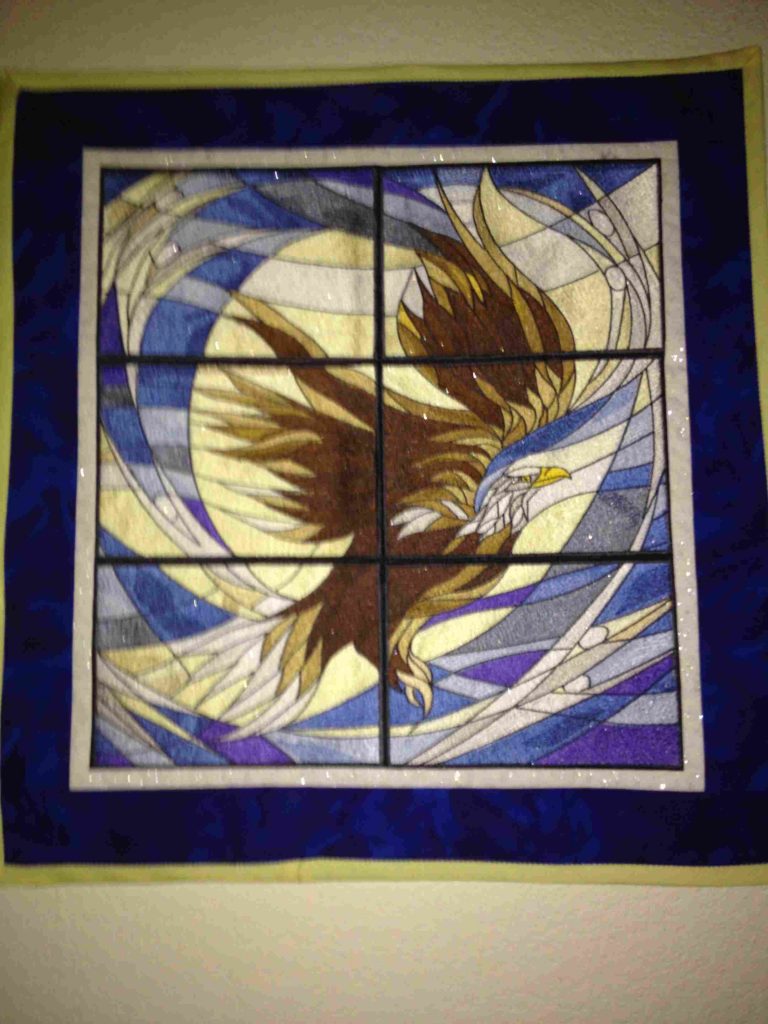From Peter: “I’ve attached a photo of the baby quilt I made using them (Sally King’s Cupcakes).. I purchased both sets but did not use all of them in the quilt.”

BFC Creations – Where Thread comes to life!
From Peter: “I’ve attached a photo of the baby quilt I made using them (Sally King’s Cupcakes).. I purchased both sets but did not use all of them in the quilt.”

Yesterday someone asked my Yahoo group about whether stablizer can shrink and if so, how to prevent that? We’re getting some great answers:
ROBERTA:
I really would like to get some feedback on a particular issue: SHRINKAGEI recently read somewhere that some people both prewash their fabric AND stabilizer to prevent shrinking after a newly embroidered garment is washed. I would like to get some feedback about this. I have been using Sulky stabilizer (nylon mesh) for tee shirts. After continuing to get the same results, i.e. puckering after washing an embroidered tee shirt, it finally occurred to me that the stabilizer was shrinking.
Are there any brands out there that don’t shrink? Does anyone on this list prewash their stabilizer? Any help I can get with this issue will be appreciated.
SUZ:
I’m not aware of any stabilizer that doesn’t shrink at least a little. I don’t prewash, but I use my steam iron and just shoot hot steam on the stabilizer – it’s quick and easy. Be sure to let it dry before using it or it will stretch in the hoop. That seems to do the trick with all the kinds I’ve used.
LINDA:
I just steam mine before using Seems to eliminate any shrinkage. I think they all shrink some, even the non-fabric based ones. Don’t touch the iron to the stabilizer, just hold it about ½ inch above.
DOREEN ABOUT FUSIBLE STABILIZER:
I run under a tap of warmer water and hang to dry. Steam by holding the iron above the stabilizer and then fuse
LINDA:
I lay my fusible stabilizer with the fusible up when steaming. Then I turn it over to fuse it to my fabric.
In response to my question about what brand of stabilizer, Marge replied: I use Floriani’s nylon mesh, like his best.
Responding to a question about using this method for Jeans, Marge replied: I would use a product like Wonder Under, fuse the design to the jeans and then applique it by hand. It should stay on without a problem.
Cathie wanted to stitch this car on a reading pillow for her grandson. His favorite color is orange so she did a great job of choosing colors!
* I think it turned out okay. I had to make do with the threads I have. Cathie*
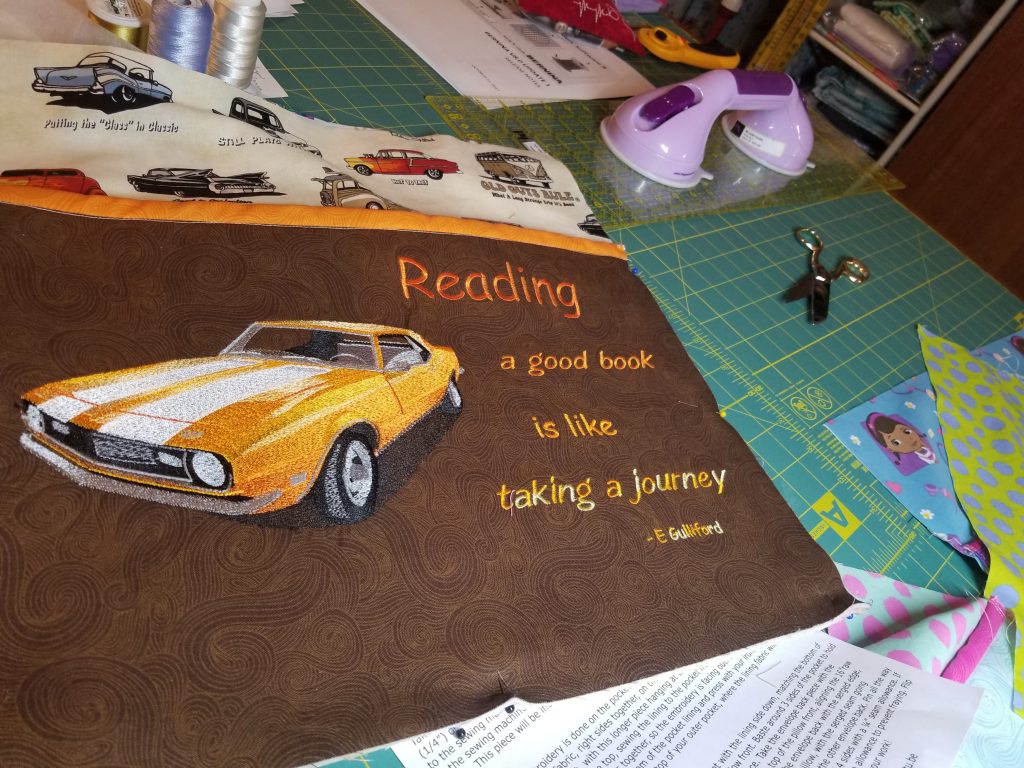
I think it turned out a lot more than just OK Cathie! I be he loved it.
Marge has been doing her embroidery this way for quite some time and she is sharing her method with all of us!
*Adding embroidery to any item makes it more beautiful. But if you are like me how many times has the placement been wrong or a little off? Embroidery is very hard to remove and even if you do on some fabrics it leaves unsightly holes.
I do ALL embroidery that goes on clothing on nylon mesh. It doesn’t matter whether a small stitch count or very large. Any design under 60,000 stitches goes on ONE sheet of mesh, over that I use two. I know what you are thinking, it used to be 1 sheet for every 10,000 stitches. The turtle I am featuring here has 167,000 stitches, would you use 16 sheets of cutaway? I did it on 2 sheets of nylon mesh. After the design finishes you just appliqué it where you want it. It never is crooked or has any puckering. As you can see the turtle does have some puckering, now this would not be very pretty on a shirt but after removing no puckering.
When doing tee shirts or baby onsies this is the way to go. With the onsies or and kids chlothing I put a card in saying that when he/she doesn’t use it anymore the embroidery can be removed and put on something else. I hoop one or 2 layers of mesh and proceed with the design right ON the mesh. When it finishes stitching out I use a stencil burner or if you don’t have one you can cut is out with a sharp pair of scissors. I leave the design in the hoop till I remove it, it is much easier to do it this way.
If you have any further question or comments please let me know.
Marge in Fl.*
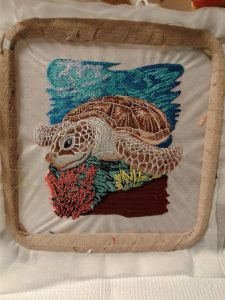


Rick and I each have our favorite couches in the living room for TV watching. When I came down for some lunch and a quick TV show this is what greeted me:
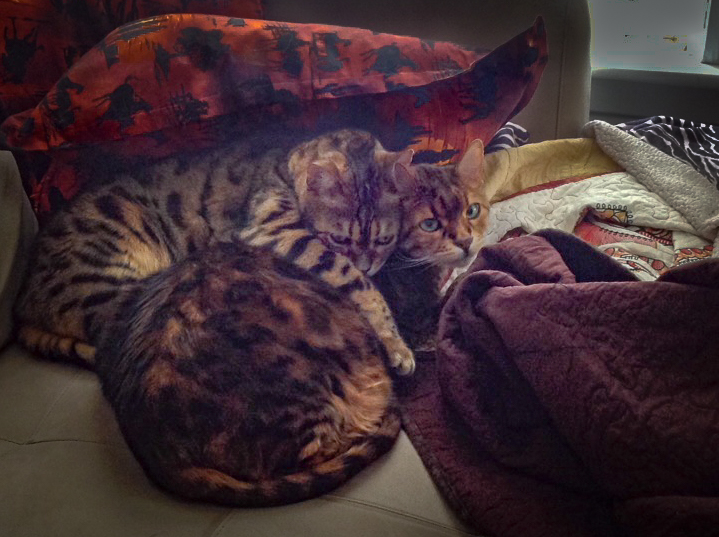
Bronk looked up at the camera – Duma is the guy doing the hugging. Needless to say, I had lunch in the chair. LOL LOL
I don’t know how Genene finds the time to make so many great projects!!

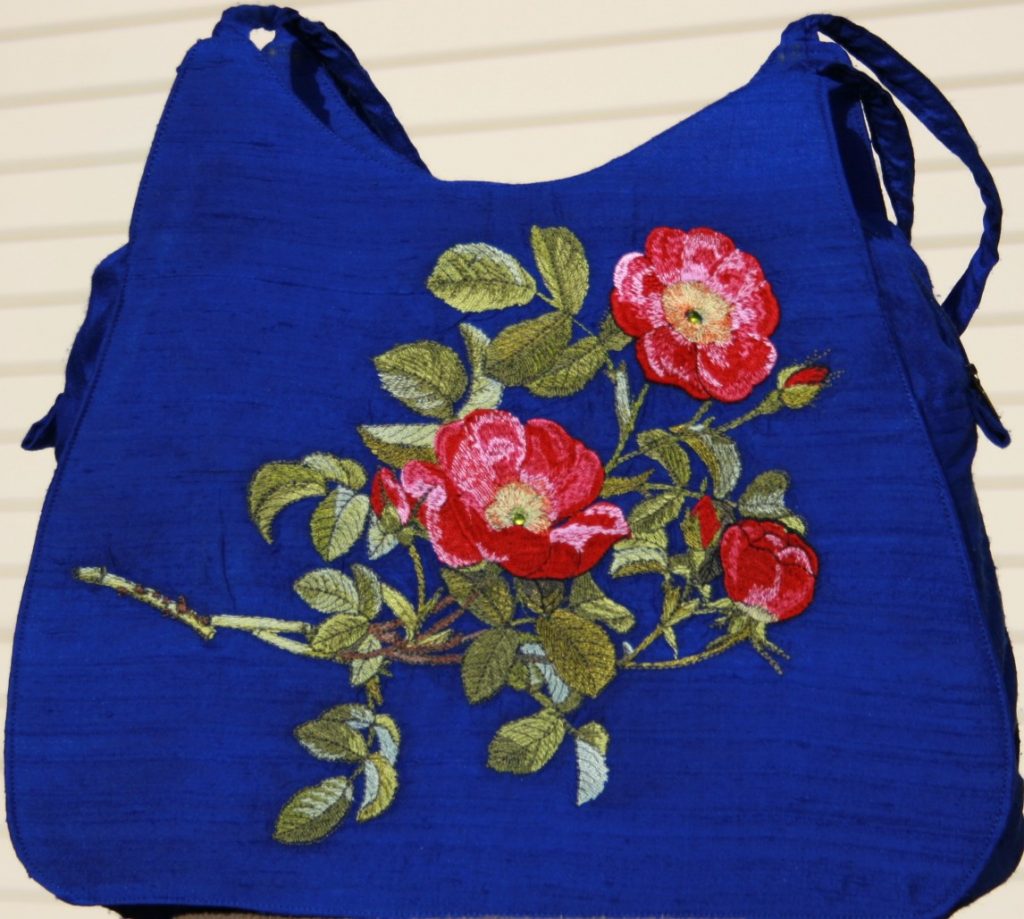
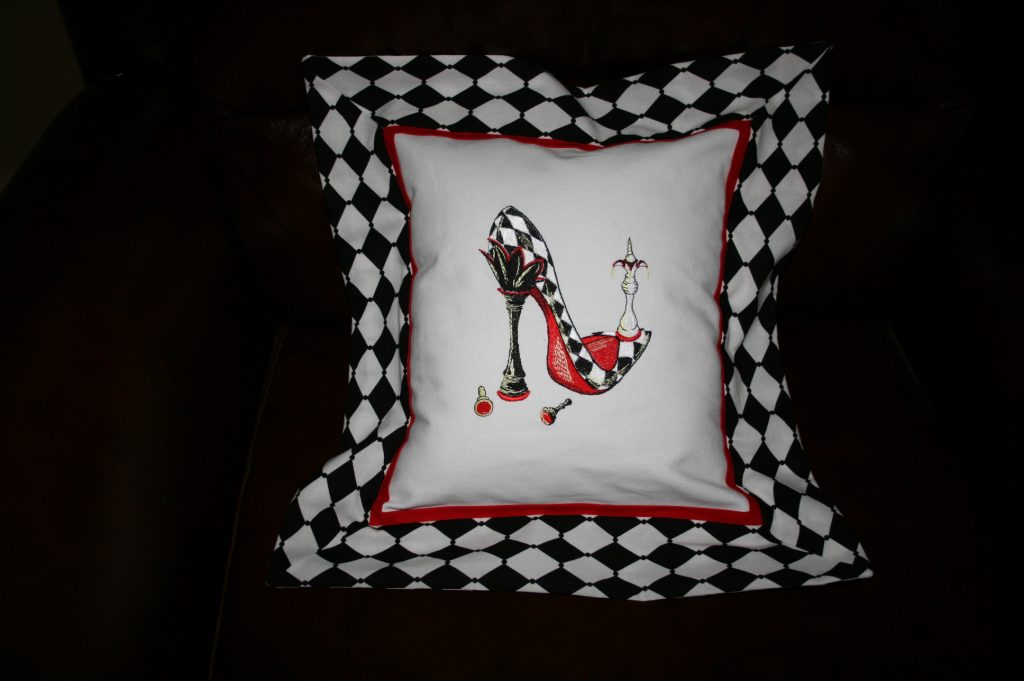

“Suz, Here is the finished lap quilt using your Kachina dolls… Peter”
Peter made a fantastic quilt with Fred’s Kachina Doll designs. Really impressive Peter!

Michael finished his sweatshirt – yes, this is my favorite 🙂
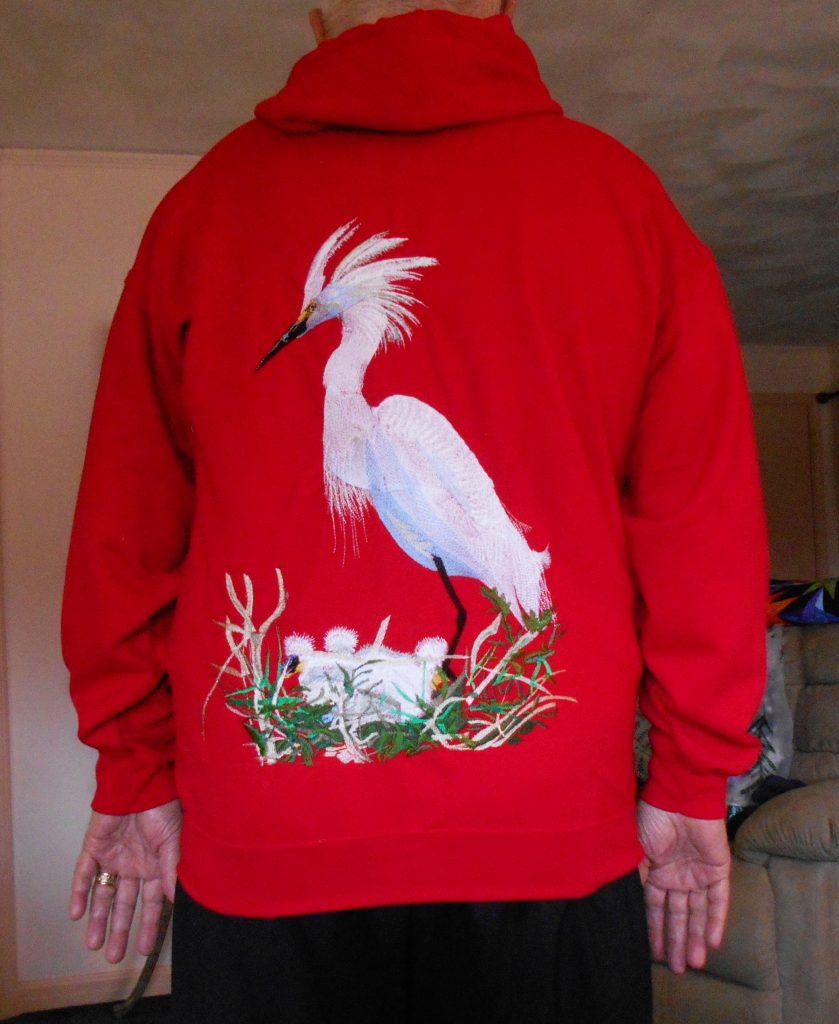
From Michael:
“I’m working on you Paisley Peacock Bag for my wife. Your pictures do not do justice to the beauty of the embroidery design. Scan the embroidery rather than taking a photo. BTW I gave you this tip a few years ago, so pardon the repetition. (I remember Michael! We could do the same with large images but everyone would complain about them loading so slow…Suz) If you blow up the jpeg you can see as much detail as you would with a magnifying glass. As you can see, I need to practice my free motion satin stitching and need to remove more jump stitches.. Mostly I used Sulky equivalents of your colors, but I added metallic accents and the eye filaments are done with # 2243 green/purple/gold variegated thread.”

I can see the sparkle Linda has included in her stitching. This must look beautiful when the light hits it. Great choice of fabric to frame it!
